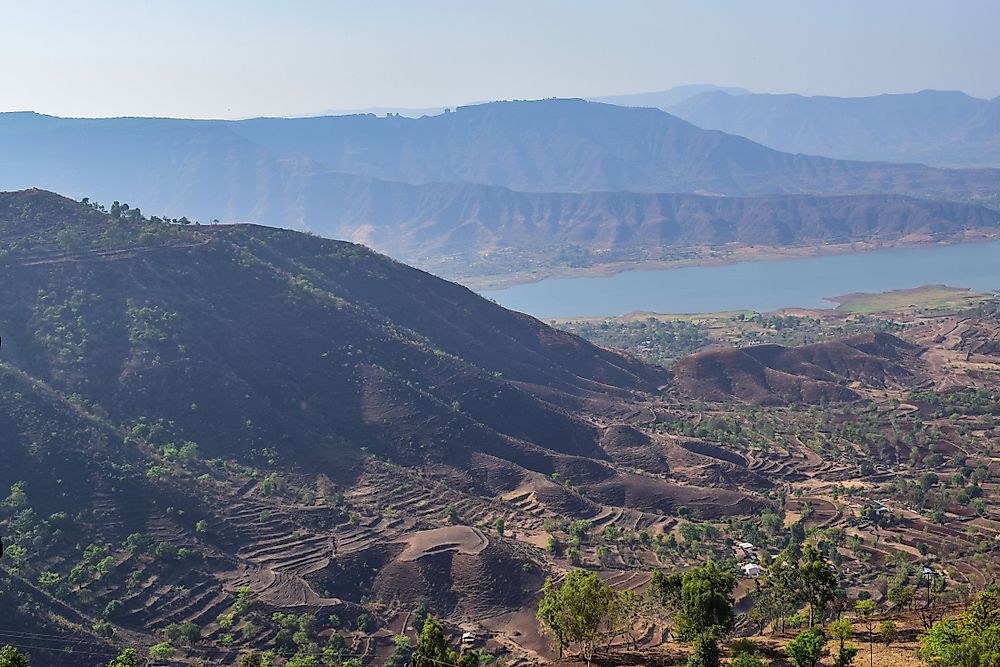Who Is A Parsi?

The term Parsi refers to an individual who belongs to the Zoroastrian society that moved from Persia to India during the 7th century AD to flee persecution from Muslims who had conquered Persia. Historical evidence indicates that the Parsis initially migrated to Gujarat where they stayed for roughly three centuries after Jadi Rana, the region's ruler, initially permitted them to remain in his lands. In exchange for settling in Gujarat, the Parsis people were forced to learn the native language as well as adopt the local modes of dressing. The Parsis are distinguished from other Zoroastrian communities in India, such as the Iranis because they have stayed in the country for a longer period.
The History of the Parsis
After moving from Persia to India, the Parsis were granted land which would be ruled by priestly families. Due to the growth in the Parsis population, they were forced to move to other regions of Gujarat which resulted in the establishment of five districts which would then be ruled by priestly dynasties. After the British took control of India, the Parsis received modern education which allowed them to improve their standards of living. Most of the educated Parsis stopped working in the agricultural sector to go and work for the British which was considered more lucrative.
The Culture of the Parsis
The Parsis have a unique culture that is influenced by both Indian customs as well as the Zoroastrian faith. Ceremonies play a significant role in the life of the Parsis with the most important one being the Navjote ceremony which officially marks an individual's entry into the Parsi community. The ceremony typically occurs before a child reaches puberty after they have proven that they understand the consequences of their actions. The Navjote ceremony involves some rituals such as baths, prayers, and changing the clothes worn by the participant. During the ceremony, the participant is given several items, which are synonymous with the Zoroastrian faith such as a sacred shirt and an undergarment known as a Sedreh. Marriage is also an essential element of Parsi culture and is mainly meant for procreation. In the past, due to the influence of Indian culture, child marriages were common among Parsi societies. However, due to the change in society's attitudes towards child marriages, the Parsi people stopped engaging in the practice. In the modern era, marriages among the Parsi are less common because fewer Parsi women were willing to get married. A significant number of Parsi women considered continuing with their education or getting a career more important than getting married.
The Parsi Population
The Indian government estimated that in 2011, the nation was home to roughly 57,264 Parsis. Since the late 1990s, the number of Parsis in India has been declining which can be attributed to several factors such as the reduced birth rate among the Parsi people and their migration to other countries.
Famous Parsis
Parsi people have earned acclaim in many fields such as politics, science, and business. Some of the most well-known Parsis include the renowned physicist, Homi Bhabha and the famous businessman who is regarded as father of India’s industry, Jamsetji Tata.











